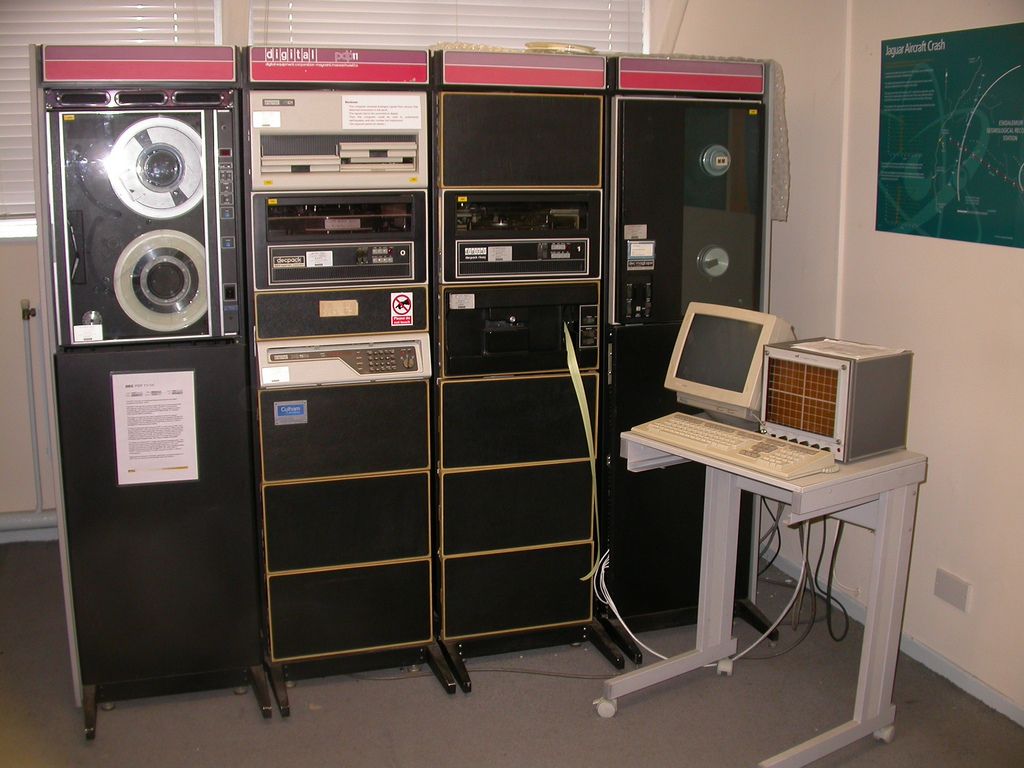I stumbled upon an article in the IEEE Spectrum this month that highlights the massive elephant that exists in the room of most organizations that have been around for a while. In fact, Spectrum dedicated their September 2020 print issue to this concern.
And concern it is. From a business perspective, they were sold a complete turnkey system that they expect to keep humming along without care or need for maintenance. In addition, there are no promotions or bonuses for maintaining the status-quo. Only for new infrastructure that can result in immediate savings. In a way, I am reminded of a common trend with universities and donations for buildings. Donors looking to put their name on a building, and facility grants usually push for a new state of the art facility.
The one thing that does not get discussed regardless of whether it is buildings or software is the continued maintenance. For buildings: carpets needing to be replaced, walls repainted, leaks fixed, etc. Computer systems require the same things: hardware fails and would need to be replaced, and software needs to be changed to not only account for external vendor specific things, but to account for changes in the core business.
Another way to think about these systems is like a car or airplane. After a while, both will require their continued maintenance. Some are as simple as an oil change or tire replacement. The vehicle continues to hum for a very long time. However, what happens when you stop replacing the tires or change the oil? Eventually they wear, and one day they will blow up on you. In technology, the same is true. Hard drives fail taking your data with it, or the software falls out of date increasing the level of risk that a third party will take advantage of the situation.
Just like a car when an oil change is not done on a frequent basis, the engine will break with an exponentially more costly repair bill and time in the shop. Bringing back the article cited in the beginning, a lot of companies and government organizations, such as yours, are more than likely facing a time of reckoning.
However, all is not lost. The process of doing a full transition replacement is akin to converting a small Cessna into an A380 while in mid-flight. Most systems can be transitioned towards a better world where you don’t have to go to the local surplus store or eBay to source parts for a system that reached the end of life over 20 years ago. I have helped others with their transition, and going forward, I will put together a series of posts to look at what can be done for your organization. In addition, I want to tell your story of how your transitions have gone in the past. Especially what worked, and what didn’t so everyone can learn and enjoy a future where we are not spending the entirety of the IT budget just keeping the lights on or spending our nights and weekends handling outages that were entirely preventable.

